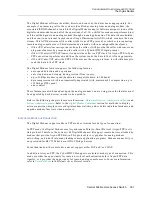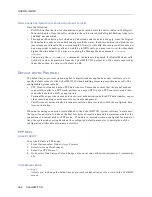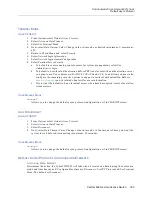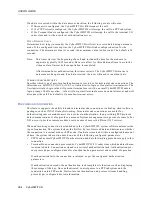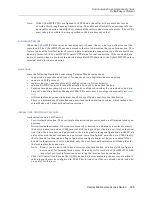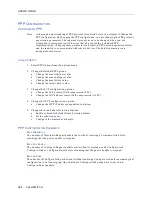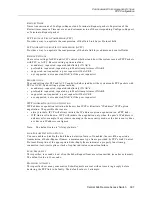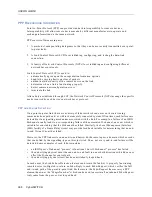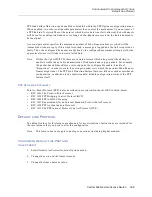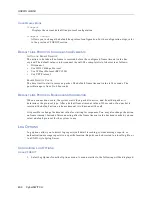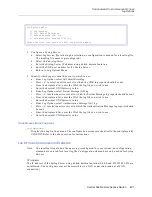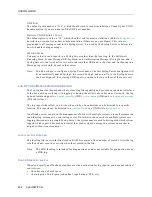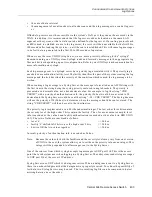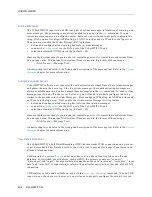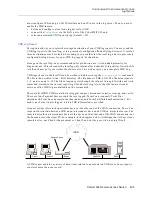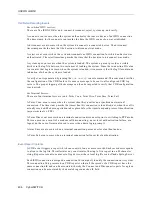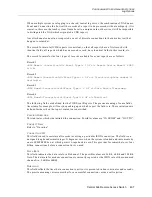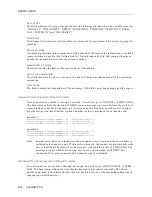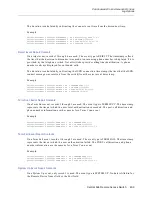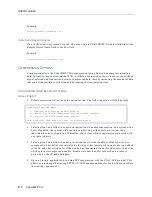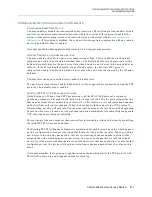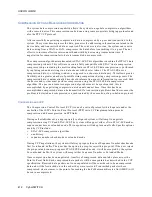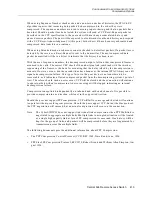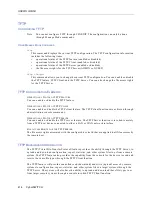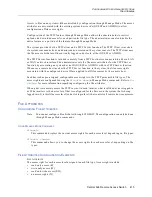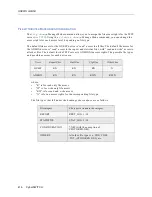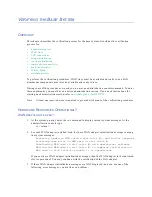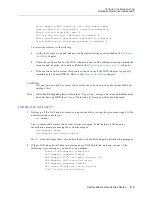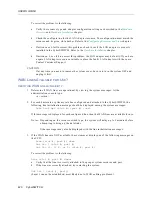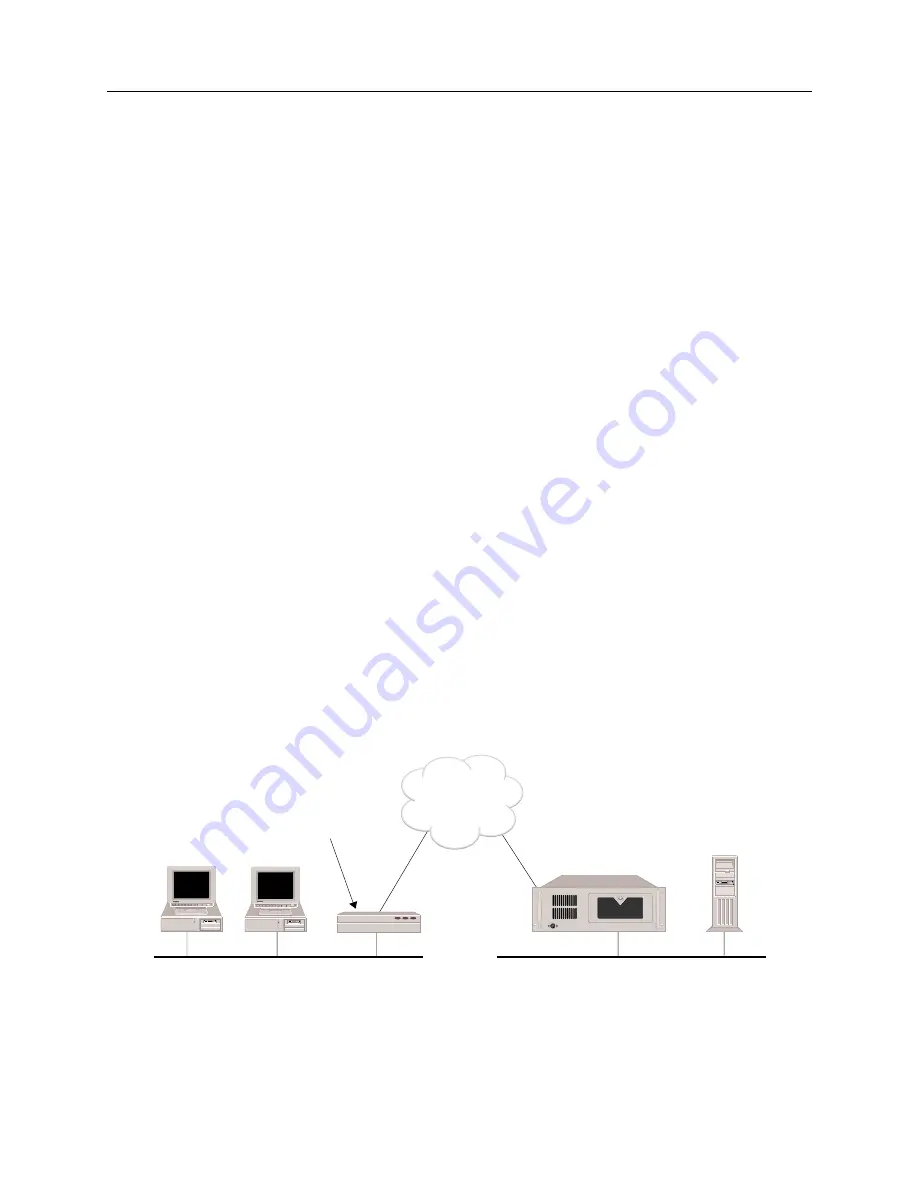
Central Site Remote Access Switch 405
C
ONFIGURING
O
THER
A
DVANCED
O
PTIONS
Log Options
must configure IP Routing, a LAN IP interface and an IP route to the log server. Then you must
enable the CDR feature:
•
define and configure at least one log device for CDR
•
connect the
Syslog Server
via the LAN port of the CyberSWITCH, and
•
select an associated UNIX priority tag (default = 38)
CDR Log Report
This option allows you to select the storage destination of your CDR log reports. You may send the
CDR log reports to the local log, or to a previously configured offnode Syslog Server(s). A total of
three destinations may be selected. For example, you could select the local log, and two previously
configured Syslog Servers for your CDR log reports’ destinations.
Storage on the local log is not recommended for production use; it is intended primarily for
diagnostic use. This is because the local log only retains a fixed number of log entries. Once the file
is full, each new entry overwrites the oldest entry. This will not give you a complete CDR Log.
CDR reports sent to the local file can be written to disk by issuing the
log cdr write
command.
The file is then written to the \LOG directory. The file name is CDR_LOG. The file extensions are
.1, .2, and so on up to .10. The file extension cycles through the values 1 through 10 with each write
command, similar to the current report log file and status log file, so that the ten most recent
versions of the CDR log are available on the system disk.
There are five ISDN CDR events that are logged: connect, disconnect, reject, system up, and verify.
There are four Terminal Server events that are logged: Term Conn (connect), Term Disc
(disconnect), Term Succ (successful authentication), and Term Fail (failed authentication). For
each type of event that is logged, related CDR information is provided.
A report always refers to the particular device at the other end of the WAN connection. There is an
important distinction between CDR on an interconnect device and CDR on a terminal server. The
remote device for an interconnect device is the device on the other end of the WAN connection, not
the human user or the client PC. For example, in the diagram below, it is Bridge that is the system’s
remote device, not Client1 (the machine) or Client2, and not the user, who is using Client1.
A CDR report contains a variety of data items related to an associated CDR event. Some reports
consist of more than one record.
ISDN
Client 1
Client 2
Bridge
Server
Remote Device
CSX5500

